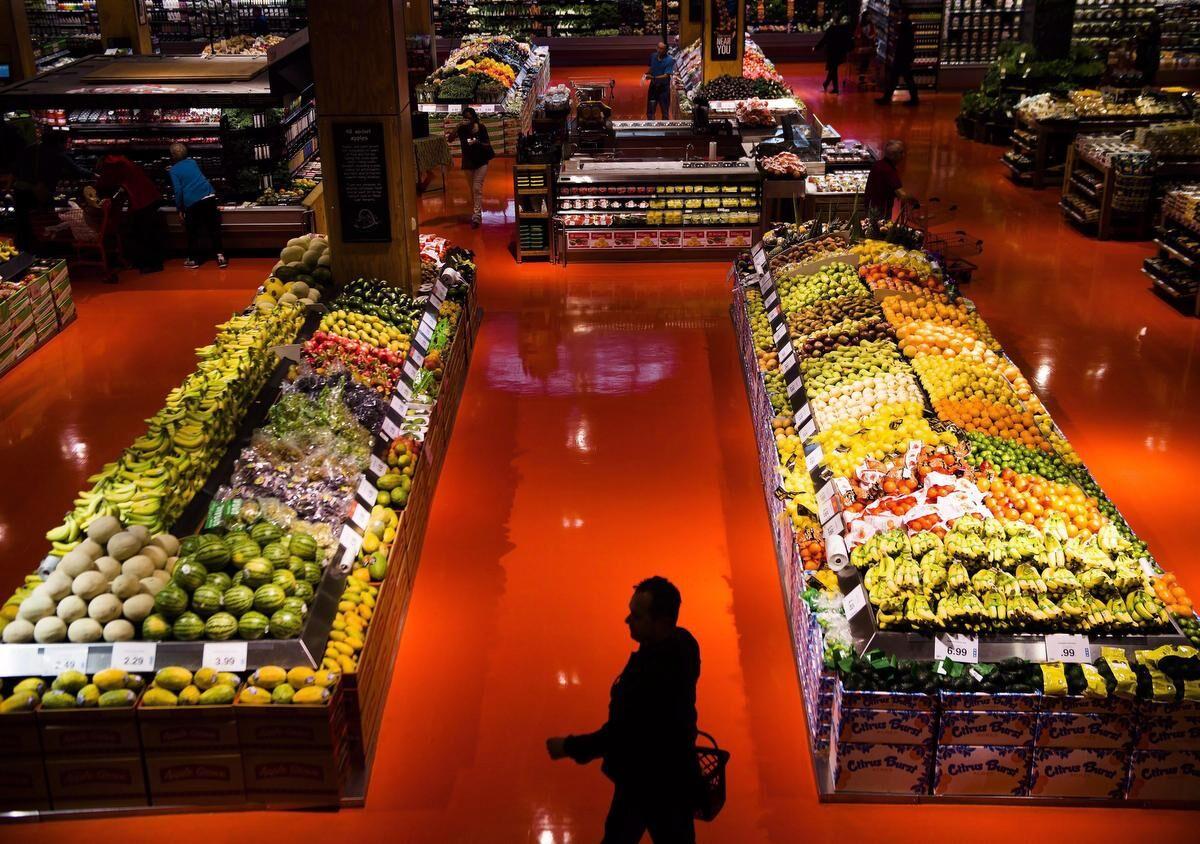In response to escalating trade tensions and the potential imposition of tariffs, Canadian grocers are proactively reducing their reliance on U.S. products. This strategic move aims to mitigate potential supply chain disruptions and price increases that could arise from a trade war.
Gordon Dean, owner of five grocery stores in Ontario and Quebec, has intensified efforts to source products domestically. In the produce section, where Canada traditionally depends on U.S. imports, Dean has begun offering alternatives such as grapes from Namibia. He emphasizes the importance of finding reliable and stable long-term solutions, stating, “This is just the new normal that we’d better get used to working with.”
Similarly, Rick Rabba, president of Toronto-based Rabba Fine Foods, is exploring partnerships with Ontario producers to secure alternatives to U.S. fruits and vegetables. He notes the expansion of Canada’s greenhouse sector, which now provides more options for produce like lettuce, reducing dependence on U.S. imports.
Larger retailers are also adjusting their strategies. Loblaw Companies is collaborating with existing vendors to increase the availability of Canadian products and is seeking new local suppliers. The company is also exploring international sources beyond the U.S. to diversify its supply chain. Catherine Thomas, a Loblaw spokesperson, stated, “Where we have products historically made or grown in the U.S. with limited Canadian options, we will look for alternatives from other countries.”
Empire Co. Ltd., the parent company of Sobeys and Safeway, reports that customers are increasingly inquiring about product origins. In response, the company is enhancing in-store signage to highlight Canadian-made products. Chief Operating Officer Pierre St-Laurent emphasizes the company’s flexibility in adapting to shifts in availability or price, asserting that if a U.S. supplier proposes a cost increase due to tariffs, “our answer will be no.”
The potential for increased tariffs has sparked a wave of economic patriotism among Canadian consumers. Many are actively seeking out Canadian-made products and boycotting U.S. goods. This shift is evident in various sectors, including the food industry, where consumers are prioritizing local alternatives to support the domestic economy. This movement has gained momentum, with businesses and political leaders advocating for the support of homegrown products. For instance, Ontario Premier Doug Ford has initiated measures to remove American alcoholic beverages from shelves, encouraging consumers to choose Canadian options.
While the push towards Canadian products is strong, challenges remain. Certain popular U.S. brands have a significant presence in the market, making immediate replacements difficult. Dean points out that while there are numerous Canadian chip companies, replacing a dominant brand like Frito-Lay is not straightforward.
Additionally, there is consumer confusion regarding what constitutes a Canadian product, especially when multinational companies have manufacturing operations within Canada. Dean reflects this sentiment, noting the complexity in determining the true origin of products that, while processed in Canada, may have foreign affiliations.
As the situation evolves, Canadian grocers and consumers continue to adapt, emphasizing local products and suppliers to navigate the uncertainties of international trade relations.

